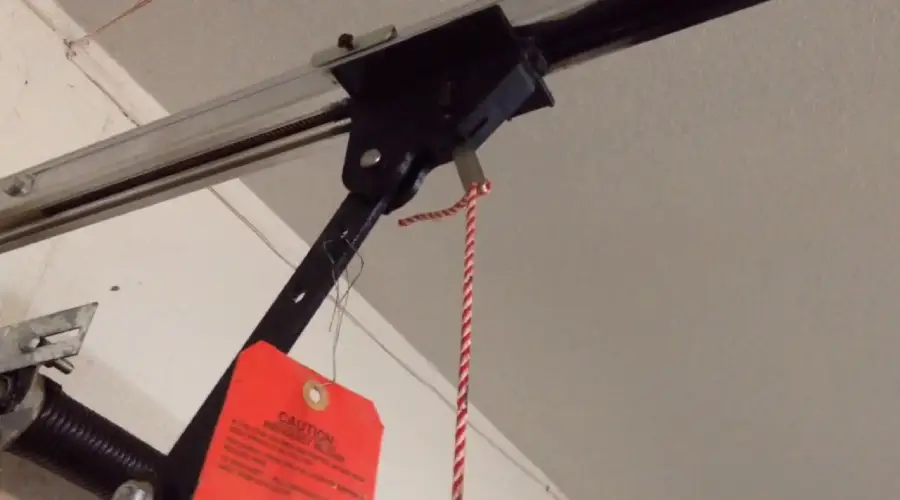Summer has arrived, and the open-air living season is in full blossom. In neighborhoods the nation over, individuals are utilizing their terrace decks for barbecuing, sunbathing,, and engaging, constantly.
In any case, it's critical to ensure your deck is protected and primarily sound prior to utilizing it. Begin by directing a yearly visual examination of the whole deck. You need a Deck Contractors or home investigator to recognize inconvenience; you simply should know where to look. Recorded underneath are 10 normal deformities that can make a deck fizzle.
Cracked Concrete Piers
Most raised decks to have vertical wood posts that lay on top of substantial wharves or stretch out down into concrete-filled openings. One way or the other, assess the state of the substance to ensure it hasn't broken into equal parts or started to disintegrate and deteriorate. You ought to likewise quantify the measurement of the docks. To offer appropriate help, everyone ought to be multiple times more extensive than the post.
Assuming you have an on-grade deck that sits near the ground, it's likely set up by substantial blocks, blocks or poured-substantial docks. Take a spotlight and look underneath the deck to affirm that none of the backings has moved out of position, broken or sunk into the ground. In the event that is important, lift the deck, introduce impermanent propping and supplant any harmed upholds.

Weak Posts
Raised decks are commonly upheld by tall vertical wooden posts. Previously, 4×4 posts were ordinarily utilized, yet most current decks are upheld with 6x6s, which are a lot more grounded and more correspondingly steady, significance they're less inclined to twist, curve, twist, and split.Cautiously examine each post to guarantee that it's solidly appended to the substantial dock at the base and to the deck outline at the top. Check the foundation of the post for water harm by looking around with a border. Assuming the borer sinks profoundly into the wood, or the wood filaments are delicate and elastic, then, at that point, the post is decaying. In the event that a post gives any indications of rot or harm, call an expert team of Deck Repair in Los Angeles right away.
Black Stains: A Sign Of Mildew
Leaving decay speechless is a significant piece of deck fix, yet other deck issues aren't as simple to forestall. With regard to form and buildup, you might need to adopt a more responsive strategy.
The deck mold seems to be dull stains on your deck. These are brought about by tannins in the wood responding with its contagious trespasser. Assuming you notice mold stains on your deck, you can eliminate them with oxalic corrosive.
Assuming that you spot any dull stains during your deck checks, you really want to get your hands on a few forms and mold cleaners. These washes are modern strength and can kill any nasties that are sneaking in your deck before they bring about additional issues.

Holes In Your Deck
It's simple for little holes to show up in your deck. These can be from decay, nail openings, or quite a few different reasons. Assuming you let them be, these openings can debilitate your loads up and get greater after some time.
You really want to fill the openings before they deteriorate, however what would it be advisable for you to fill them with?
The response is something that will flex with the wood. The best arrangement is wood filler. These work like epoxy tar and can flex over the long haul.
On the off chance that the openings are too huge to even think about loading up with wood filler, you will have to supplant the harmed board to reestablish your deck's appearance.
Wobbly Railing
Wobbling, free railings are rarely a decent sign. Of course, your deck would make do without railings, however they'd be a significant security danger the last thing you need to happen is for them to give way while you rest up against them.
Free railings ought not be disregarded. While you could supplant your railings, this probably won't be fundamental.
Nails aren't appropriate for holding railings against your deck. All things being equal, you really want half-inch carriage screws, nuts, a washer, a mallet, a drill, and a wrench. Drill through the railings and into the joist, then put the carriage bolts through the openings, utilizing your mallet to tap them through. Put the nut on the screw, fix them up, and you're finished.
Railings hung on like this won't wobble.


